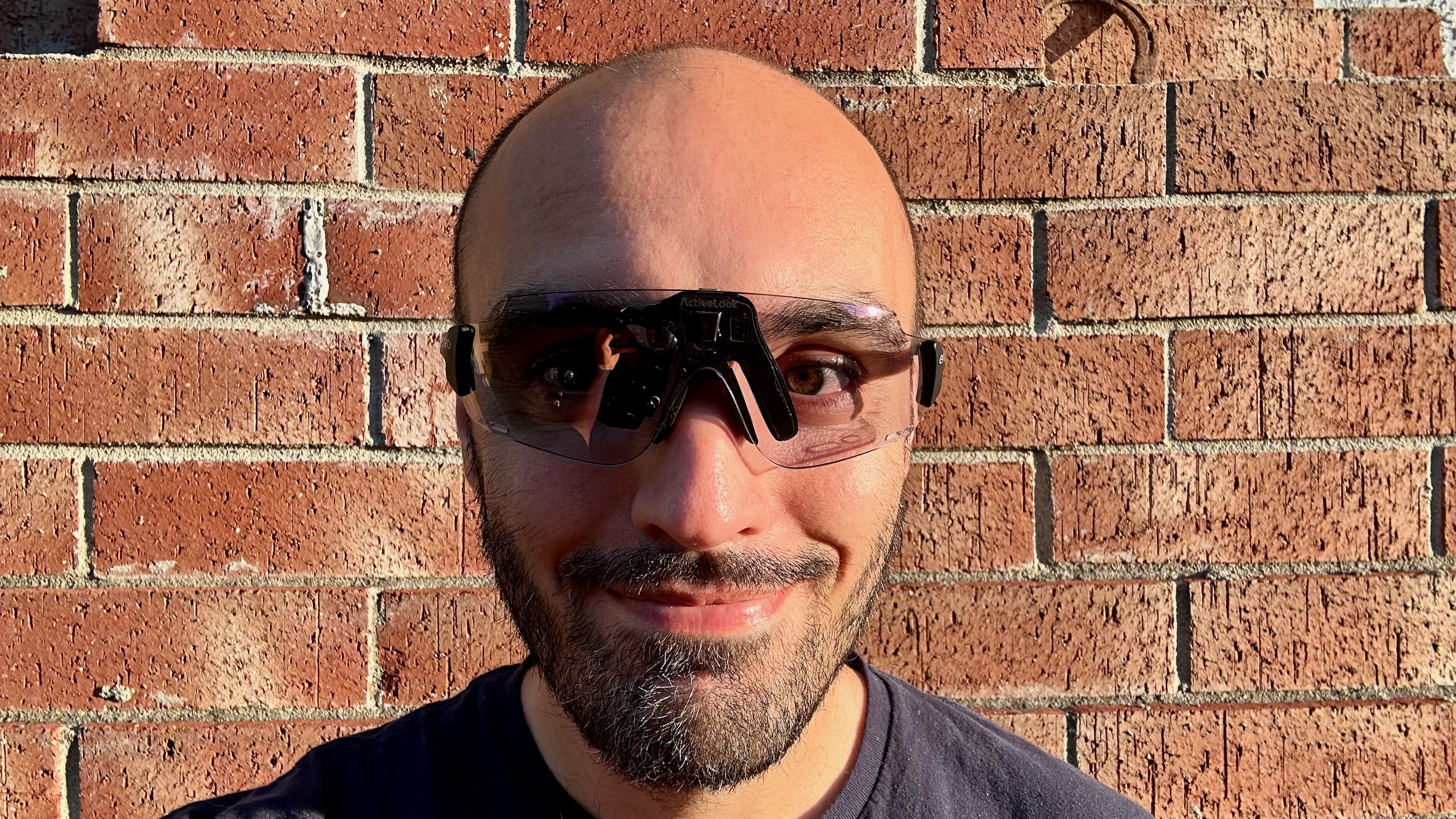The new Oakley Meta Vanguard smart glasses integrate with your Garmin watch to display live stats, automatically record clips to share later, and assess your workout’s effectiveness. The question is, should a Garmin watch owner spend $500 on Meta AI glasses? Or are they not the right fit?
During my Vanguard glasses hands-on, I introduced the Garmin-Meta integration and why these smart glasses have become a regular companion for my workouts. But I acknowledged that some Garmin tools are more useful than others, and that some athletes will be uncomfortable sharing workout data with Meta.
Compatible Garmin devices
- D2 Mach 1 (Pro)
- Edge 540 / 550 / 840 / 850 / 1040 / 1050 / MTB
- Enduro 2 / 3
- EPIX Pro / Gen 2
- Fenix 7 / 7S / 7X (Pro) / 8 (Pro) / E
- Forerunner 165 / 265 / 570 / 965 / 970
- MARQ Gen 2
- Quatix 7 (Pro) / 8
- Tactix 7 (Pro) / 8
- Venu 3 / 4 / X1
- Vivoactive 5 / 6
Most new Garmin watches work, but not older models. The Instinct 3, which has slower performance to improve battery life, is also excluded. I’d guess newer watches’ faster processors make it easier to share workout data promptly.
Real-time Garmin stats
The most notable Garmin tool on Oakley Meta Vanguard glasses is real-time stats. Once you start a workout, you can say, “Hey Meta, what’s my current running power?” or “What’s my average heart rate?” and Meta will pull that data from your watch or bike computer — though your phone needs to be there as an intermediary.
I appreciate that I can ask Meta AI for stats Garmin tracks that I never added to my activity data screens.
More generally, some athletes need to keep their eyes forward for safety (cyclists) or can’t easily check their wrist during exercise (weightlifters), while others want to use their watch’s display for maps (hikers, trail runners). Having audio access to core Garmin stats without breaking stride is a nice perk.
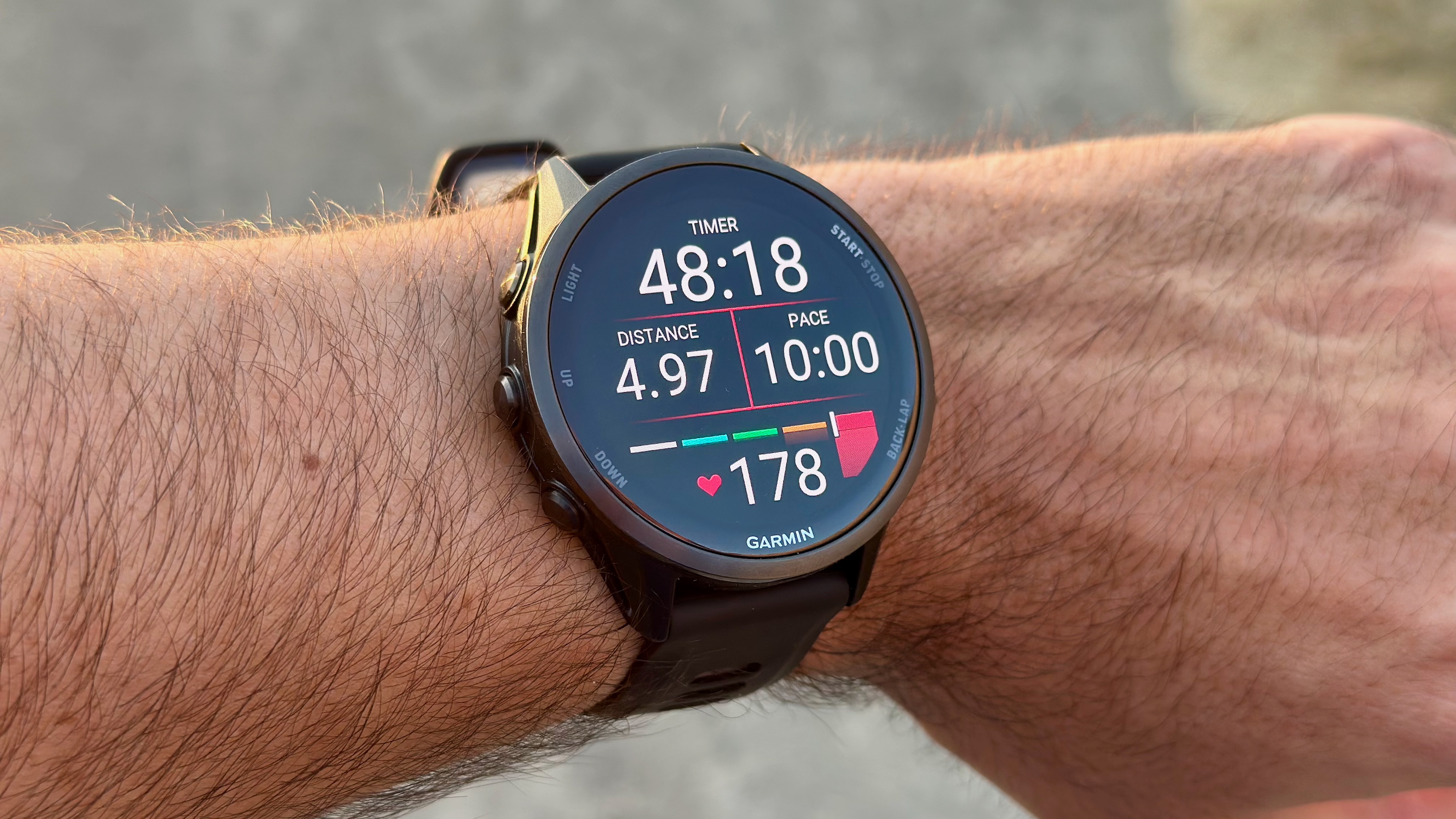
To make this feature even better, Meta AI should listen for special keywords when it detects an active Garmin activity. Saying “Hey Meta, what’s my X” every time is annoying when you’re breathing hard; simply saying “Heart rate,” “Pace,” or other commonly requested stats would be more seamless.
Another downside is that Meta AI can’t describe every real-time stat, even if it understands what I’m asking. I asked for stride length and got my cadence; instead of speed, it said my pace. Some more obscure stats, like real-time stamina or total calories, stumped the AI.
Despite these nitpicks — which I think Meta and Garmin will address over time — real-time stats are one of the Oakley Meta Vanguard’s best features for Garmin users obsessed with data.
I’m sure some of you would prefer sporty Meta HUD glasses like the ENGO 2s to see your real-time stats without having to ask. But the Meta Ray-Ban Display glasses are just too heavy and offer minimal sweat protection (IPX4) to work. Lightweight Meta HUD glasses are still years away.
Autocapture
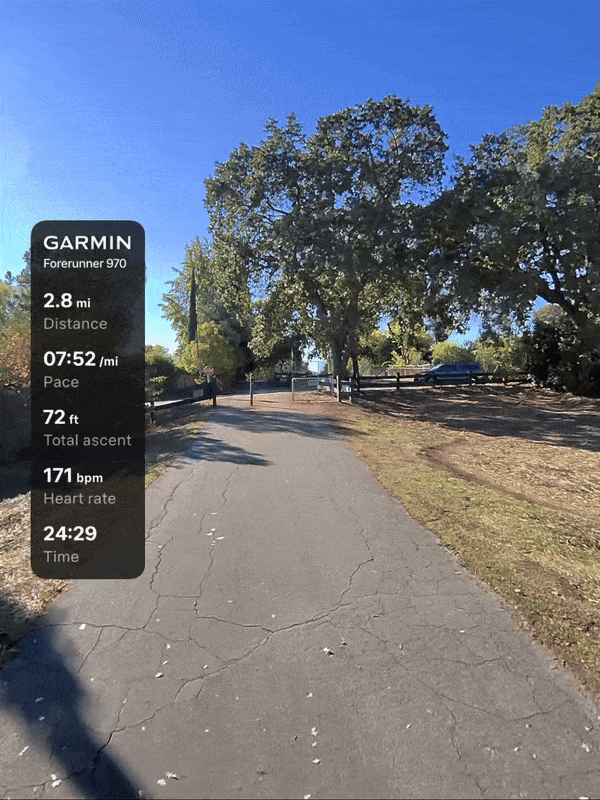
Meta uses your live workout data to detect “smart triggers” like mile markers or hitting a high HR zone for the first time. The Vanguards capture a five-second video clip after each trigger; once you’ve finished your workout, Meta takes these clips and any other photos and videos you captured manually, then organizes them into a shareable montage video, with a Garmin widget showing your live stats at each point.
You can edit which clips or stats (distance, pace, ascent, time, HR, or power) appear in the video, as well as whether to include the original audio, which tends to be heavy breathing and audio spill, in my case.
For an exciting marathon or trail run with gorgeous scenery, Autocapture summarizes your experience in a fun way, whether for social media or your own memories. But I have a few fundamental issues.
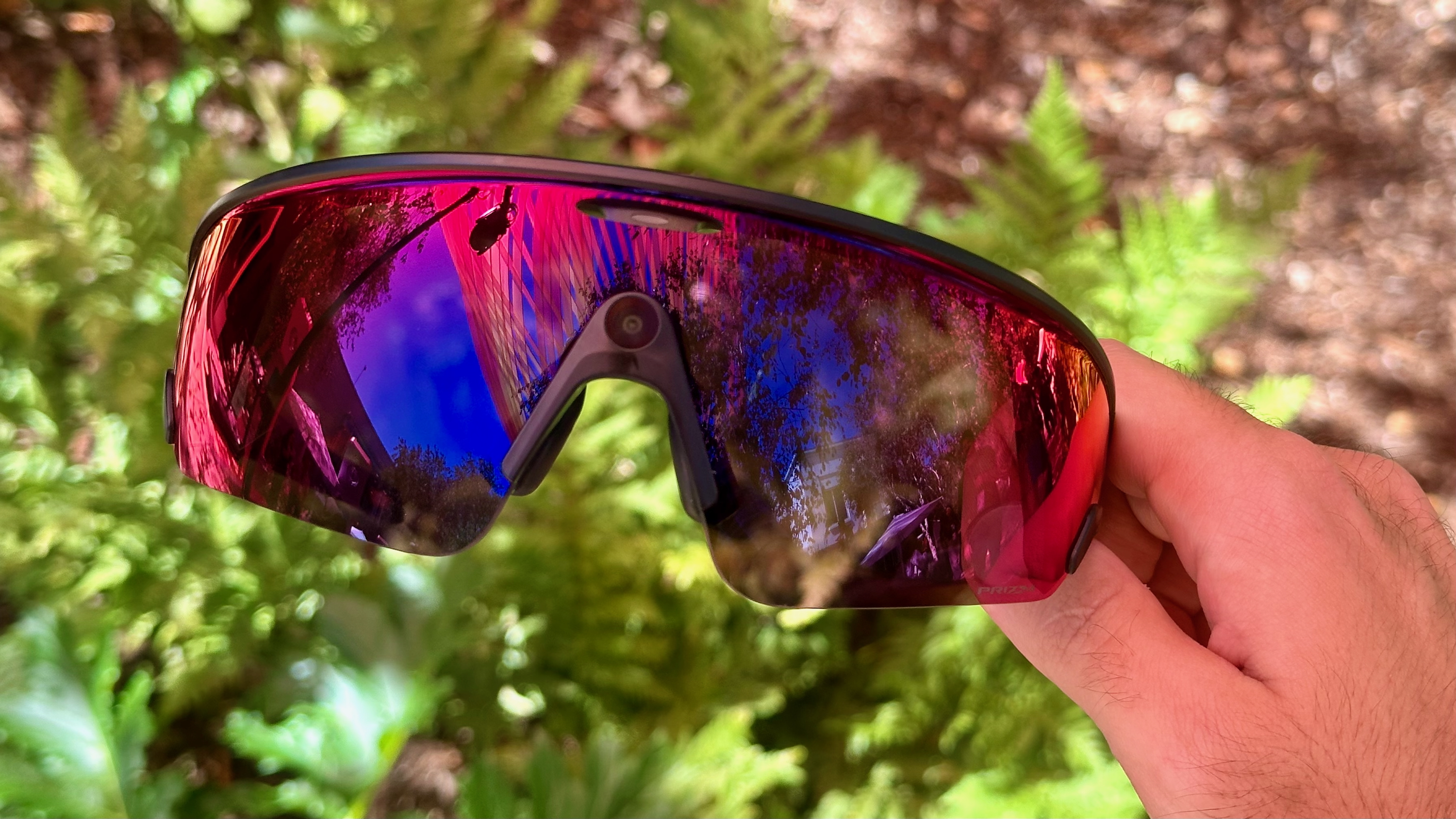
First, the “smart triggers” only stumble into a few compelling shots by accident. It’s mostly stitched-together footage of random moments of my runs, none especially noteworthy unless I took them myself.
Collected together, the footage is interesting, but Meta dumps each five-second clip into your Photos app after the workout, cluttering up your storage. I’d prefer that Meta delete any auto-shot clips after you’ve edited the compilation.
Most importantly, it’s incredibly awkward to have your glasses start auto-recording when someone is walking toward you on a public path. The last thing I want is for people to assume I’m intentionally recording them, but I can’t stop triggers from… triggering; I can only look away awkwardly.
Overall, I think the feature is quite cool in a vacuum, but I won’t use Autocapture outside of public race events where people expect to be recorded, or empty trails.
Status LED
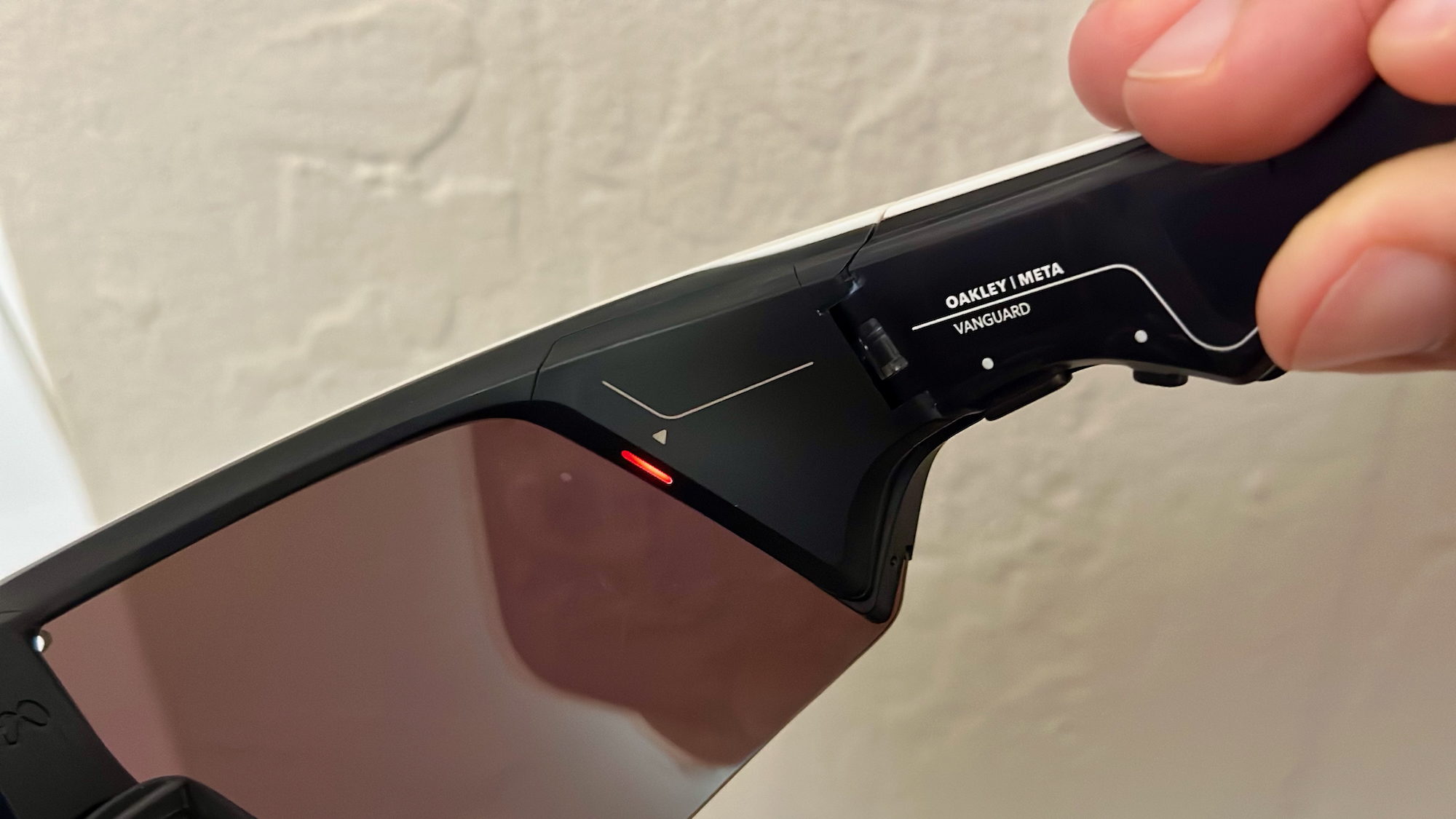
Start a workout with a target HR, pace, or power zone, and Meta’s inward-facing LED — usually indicating Meta AI or video recording is active — will light up red whenever you’re out of zone.
It’s elegantly simple. Since Garmin’s out-of-zone and back-in-zone vibrations feel the same, you have to look at your watch every time, which can be distracting. The red LED in your periphery removes any uncertainty, letting you keep your gaze forward while adjusting your pace.
Eventually, I think it’d be cool if Meta showed red or blue LEDs to indicate above- or below-zone warnings, respectively.
Activity Summaries
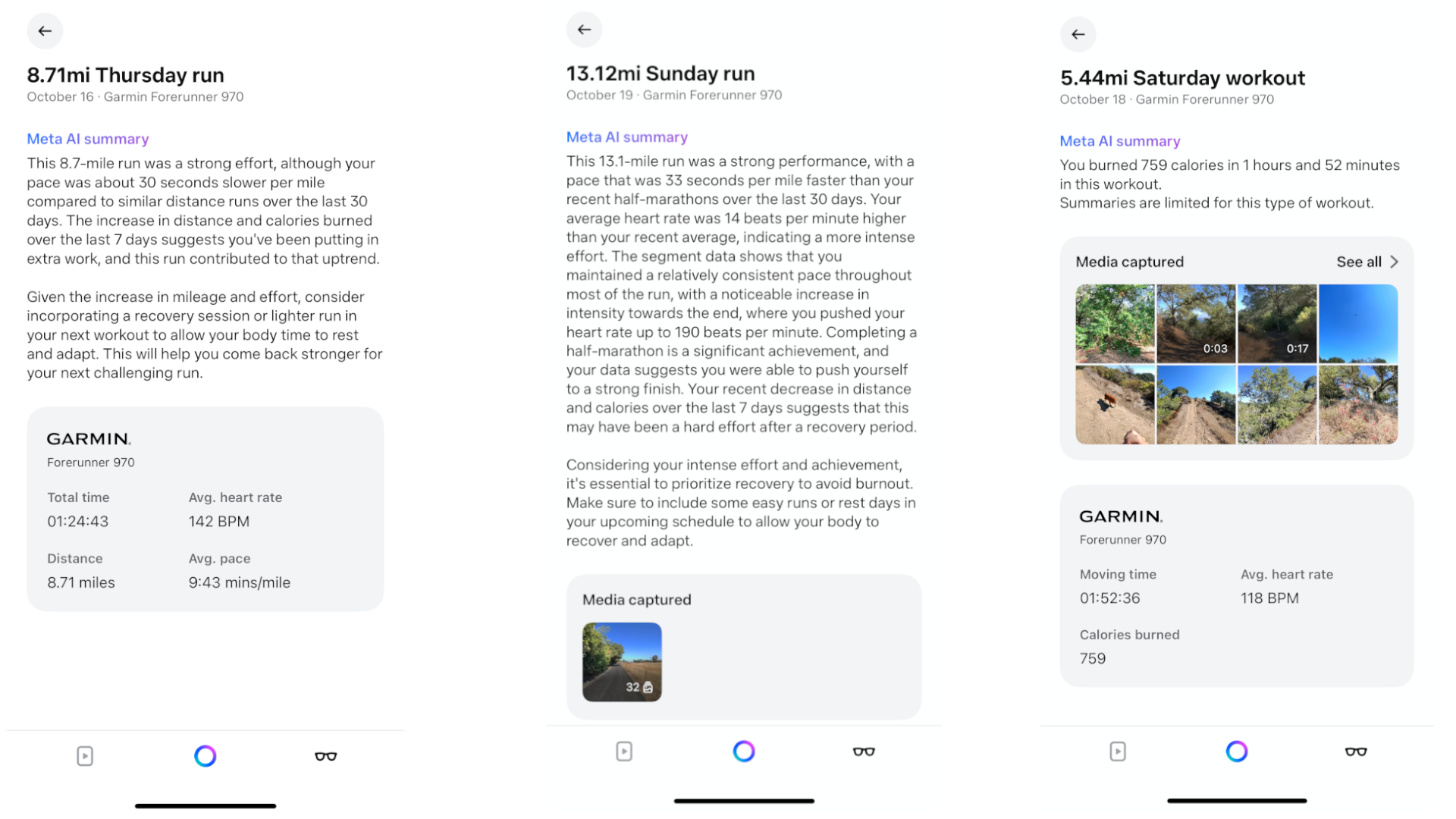
This is arguably the most odd Garmin-Meta integration. Whether you’re running with Meta glasses or not, the Meta AI app will summarize every workout you finish within the context of your last 30 days of workouts, focused on specific stats like pace, cadence, and distance.
Meta AI will intelligently recommend recovery days after hard runs or suggest “incorporating interval training or speed work” if Meta thinks you’re taking things too easy. Its comparisons to past runs are similar to what you’d see from Strava’s Athlete Intelligence, only without a subscription.
I’ve found that these summaries tend to be dismissive of shorter, low-aerobic runs, saying “no significant trend was detected,” and Meta AI only seems to interpret a few workout types, having no opinion on my recent hike. So there’s certainly room to grow.
These summaries are best suited to newer athletes who can’t analyze their workout trends and don’t want to pay for Garmin Connect Plus.
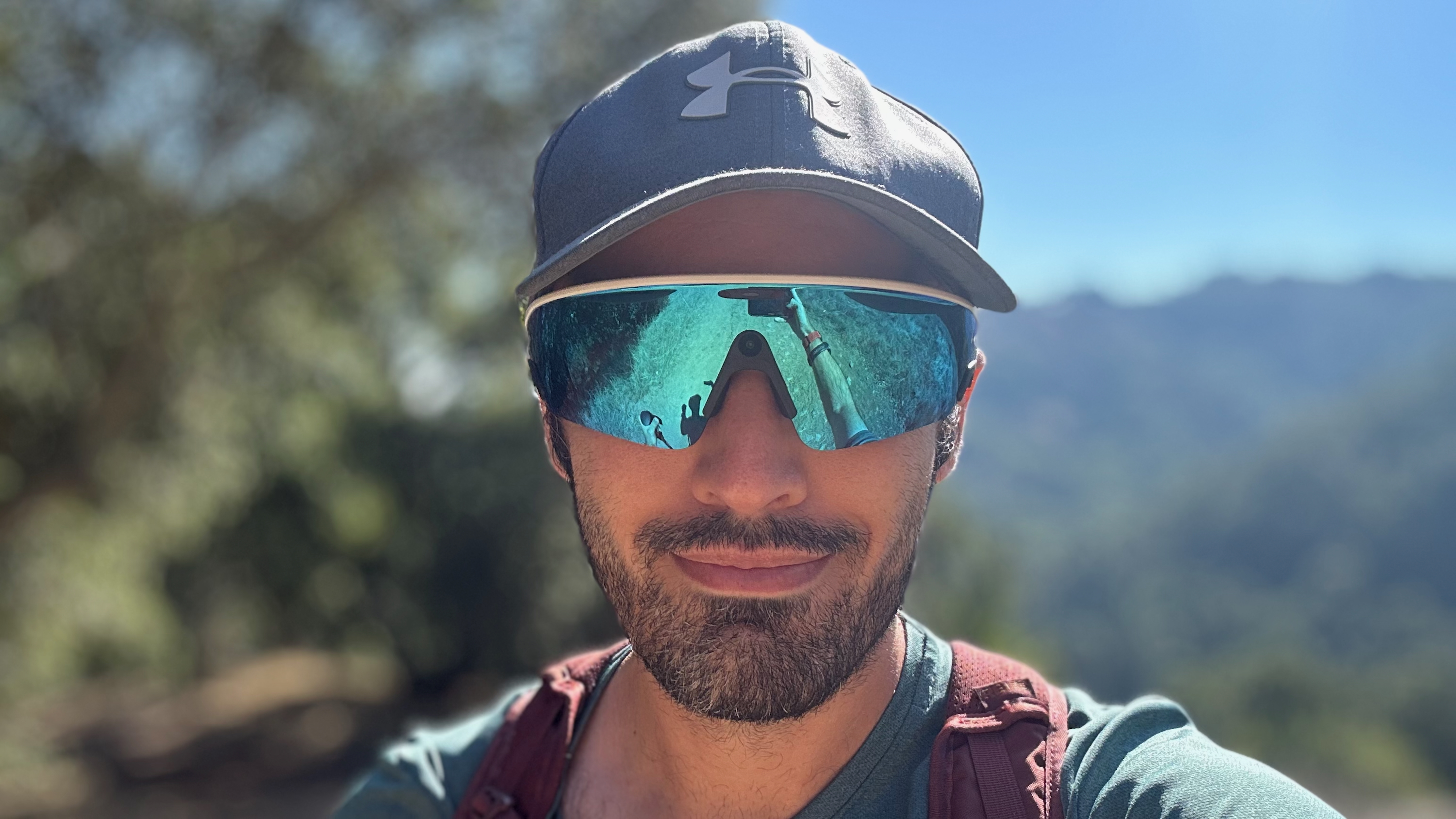
The Garmin-Meta software integration is a work-in-progress, but very promising, and I’d love it if Meta partnered with other fitness watch brands eventually. For now, Garmin watch owners have the best perks, but they’ll need to decide based on software and hardware.
I think the Vanguard’s Oakley Sphaera aesthetic looks great, the weight is a bit heavy but manageable, and the Prizm lenses offer excellent eye protection. The speakers are impressively loud — to the point that they cause audio bleed — and the cameras take immersive, high-res photos and smooth, auto-stabilized video. Plus, the battery life is good enough to survive a marathon, in my testing.
If you don’t want to give up your current workout earbuds and sunglasses, pay $500 atop an already expensive Garmin watch, or share your workout data with Meta, then Vanguard won’t be the right fit. Personally, I love using these, but mostly for special runs or hikes where I’ll want to save my memories of the event or share them with family.
FAQ
Which Garmin watches support the Oakley Meta Vanguard integration features?
A user must pair the Oakley Meta Vanguard AI glasses with a compatible Garmin smartwatch or cycling computer. This includes select Edge, Enduro, Epix, Fenix, Forerunner, Quatix, Tactix, Venu, and Vivoactive models, as well as the D2 Mach 1 (Pro) and MARQ Gen 2.
What primary function does Garmin provide for the Oakley Meta Vanguard AI glasses?
The integration powers and sends real-time training data (such as pace, speed, and heart rate) directly to the glasses via the Meta AI app, enabling a hands-free workout experience.
How do users access their real-time performance metrics while working out?
Users can access their real-time data by using their voice to ask Meta AI for specific metrics. Additionally, a Status LED inside the frames can visually indicate if the user is in their target pace, heart rate, or power zones.
What post-activity features are available for content creation and sharing?
Features include Autocapture, which automatically records video segments based on performance milestones, and the ability to generate a highlight video with overlaid Garmin data. Users can also add graphic overlays of metrics to captured photos and videos for sharing.
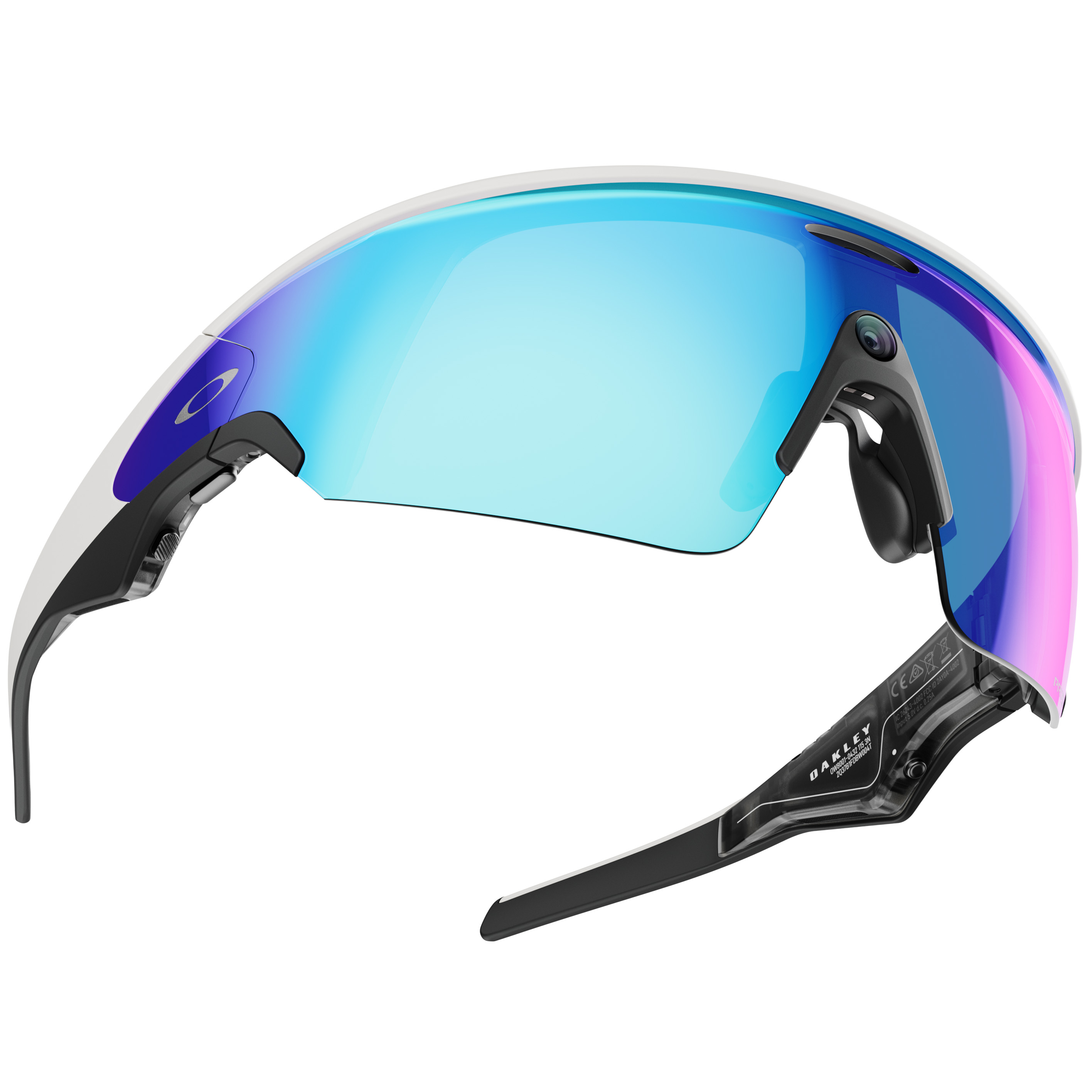
The Oakley Meta Vanguards have Prizm lenses for eye protection, Meta AI smarts, rich speakers for immersive audio, 5 mics for clear phone calls, 3024 x 4032-resolution photos, 3K videos, and integration with your Garmin watch for workouts.

